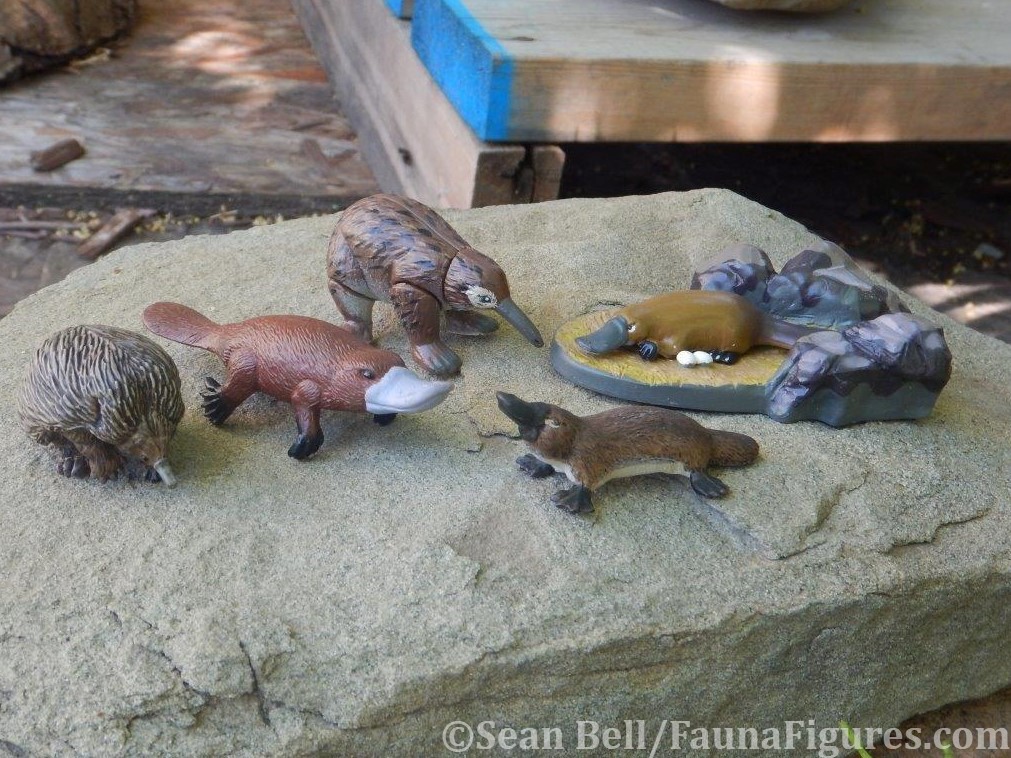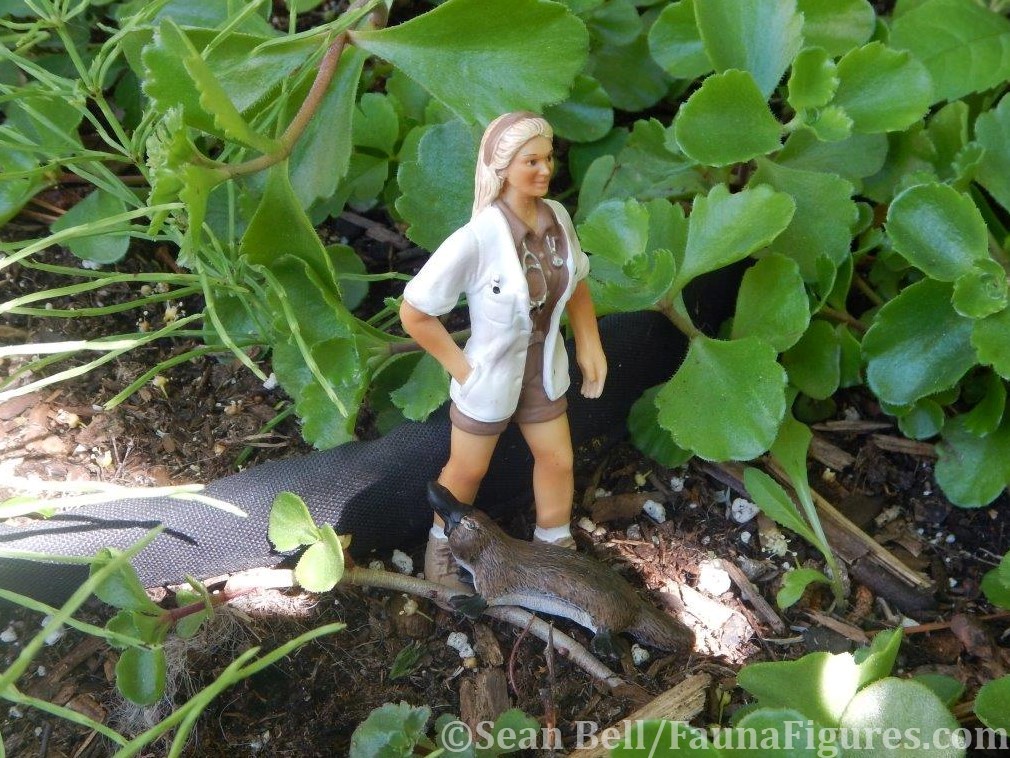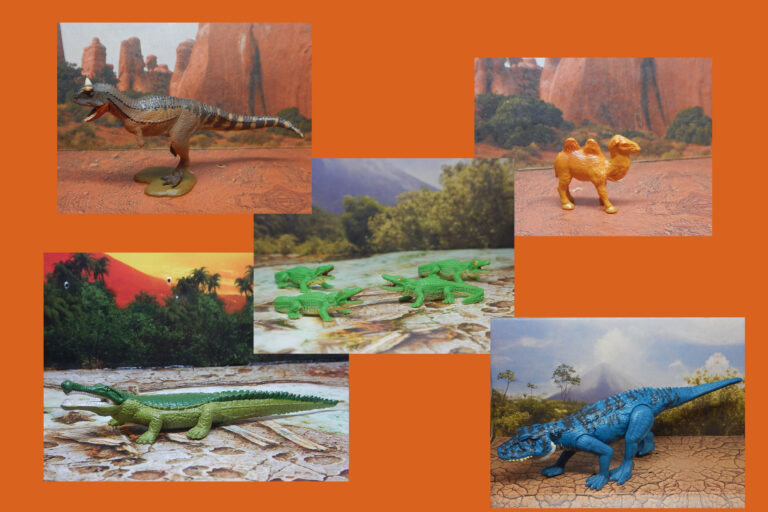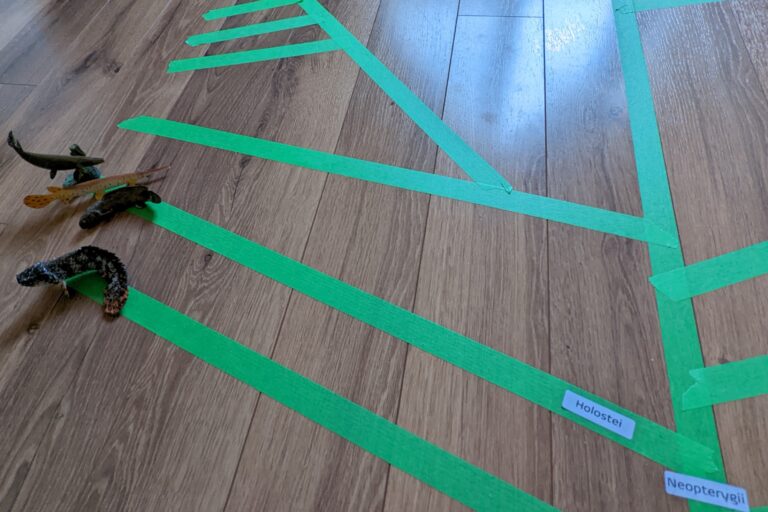Back again with another Clades post! Earlier this week we looked at a group of so-called primitive fish. This time around, it will be some so-called primitive mammals, the monotremes. As a group, they are (probably? maybe?) the most basal living group of mammals. At the very least, they are united by some shared characteristics–like other mammals they produce milk for their young, but they’re young are born from eggs! This may be their most familiar trait. It turns out that while there are two modern types of monotremes, they may form separate clades therein. There are apparently also some controversies about their relationships within and among mammals. But they are unique!
I haven’t said it yet, but the familiar living monotremes are the duck-billed platypus Ornithorhynchus anatinus and the spiny echidnas, genera Tachyglossus and Zaglossus. They are found in Australia and New Guinea, although there has been at least one platypus fossil from Palaeocene Argentina, indicating a wider southern-hemisphere distribution. Distinct Echidna fossils are found from the Miocene after diverging from the more aquatic platypus-like ancestor. Apparently the monotremes are thought to have diverged as a group in the late Triassic (although they probably didn’t look like platypus or echidna).
Despite their relationship as monotremes, the two living modern animals are very different in lifestyle and appearance. The one living species of platypus, found in Australia, is famous for their odd appearance, with the electroreceptor-laden duck bill, the flat beaver tail, and the overall aquatic lifestyle. Monotremes have spurs on their legs, and in platypus there is even venom present in males. There are a few species of echidna in two genera found in a variety of habitats in Australia and New Guinea. They are terrestrial (although they can swim) and eat arthropods; some specialize on ants & termites while others eat a broader range of invertebrates. Another name for them is spiny anteaters, due to the coarse hairs and protective spines on their backs; they are of course not closely related to anteaters, or to other spiny mammals like hedgehogs or porcupines.
In my personal collection, I do not have a lot of representatives of monotremes, but I at least have a couple of each. There are of course a large number of platypus models out there, from pretty much every company one can think of. Over the years I probably had several of them, but space and focus meant finding new homes for many of them. Echidnas are less common, but not unheard of. They do tend to be most likely to be made by companies with an Australian connection, like Southlands Replicas, Science & Nature, and Yowies. I probably had one of each at one time or another.
I’ll often make a comment about how finding figures of this group can be hard or easy…for once, it’s relatively easy. Especially for platypus, since I don’t think any major brand has missed them; some may now be retired but there’s always a few out there. Echidna are a little less common, but there are a few out there as I mentioned. Most are short-beaked echidna for whatever reason though. Interestingly, unlike many of these groups (no matter how primitive, or their fossil record), figures of prehistoric representatives are surprisingly available–thanks entirely to the Yowies Lost Kingdom series from Australia. Up above is the ‘giant’ Echidna Megalibgwilia. The same company also produced a Stereopodon and the not-quite-monotreme-but-a-relative Kollikodon (neither if which I have of course). It goes without saying that the figures of these extinct species have been out of production (there it is!) but there are lot of Yowies collectors in Australia that are able to help. Which is a great way to build a collection, and add some weird mammals to it!











